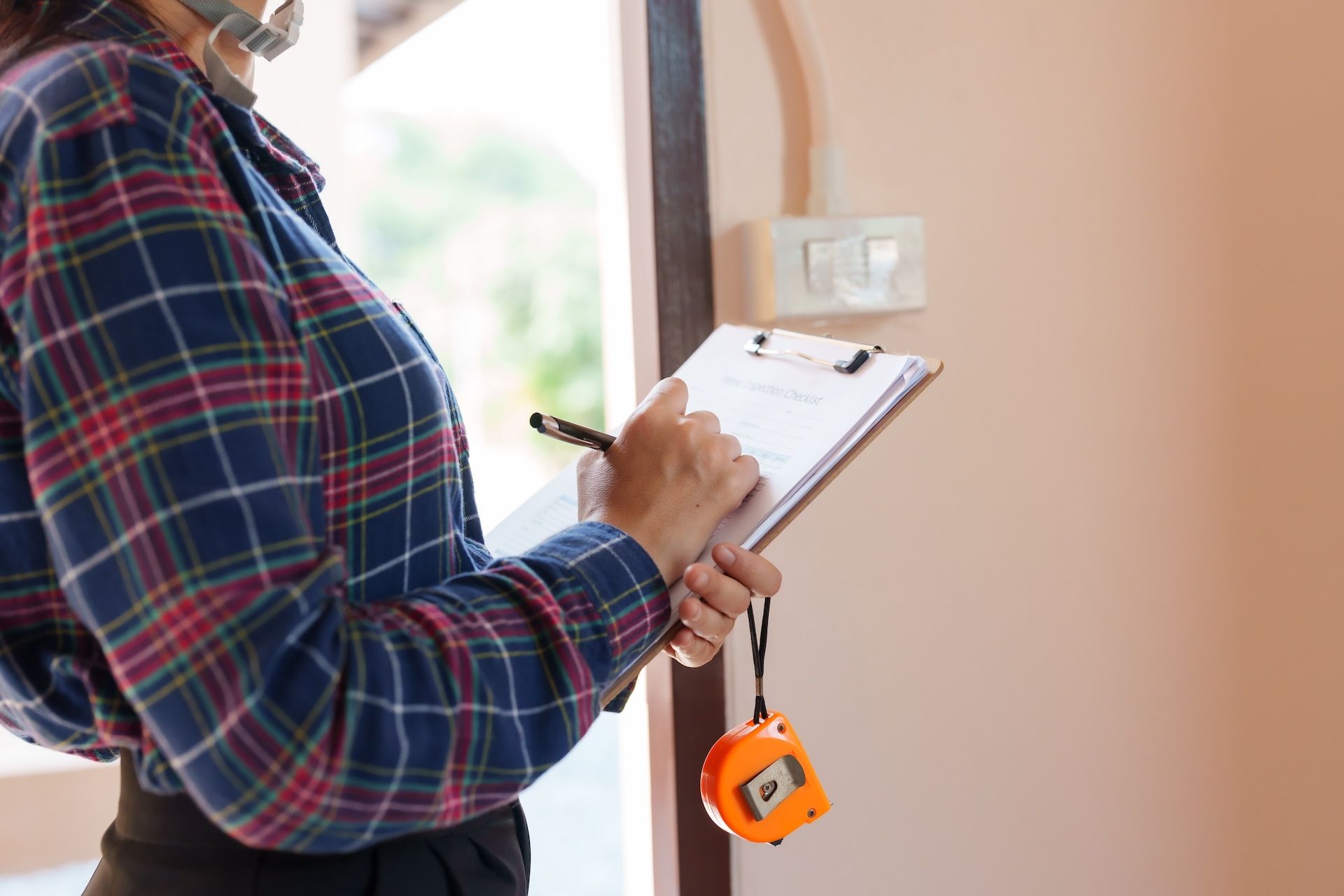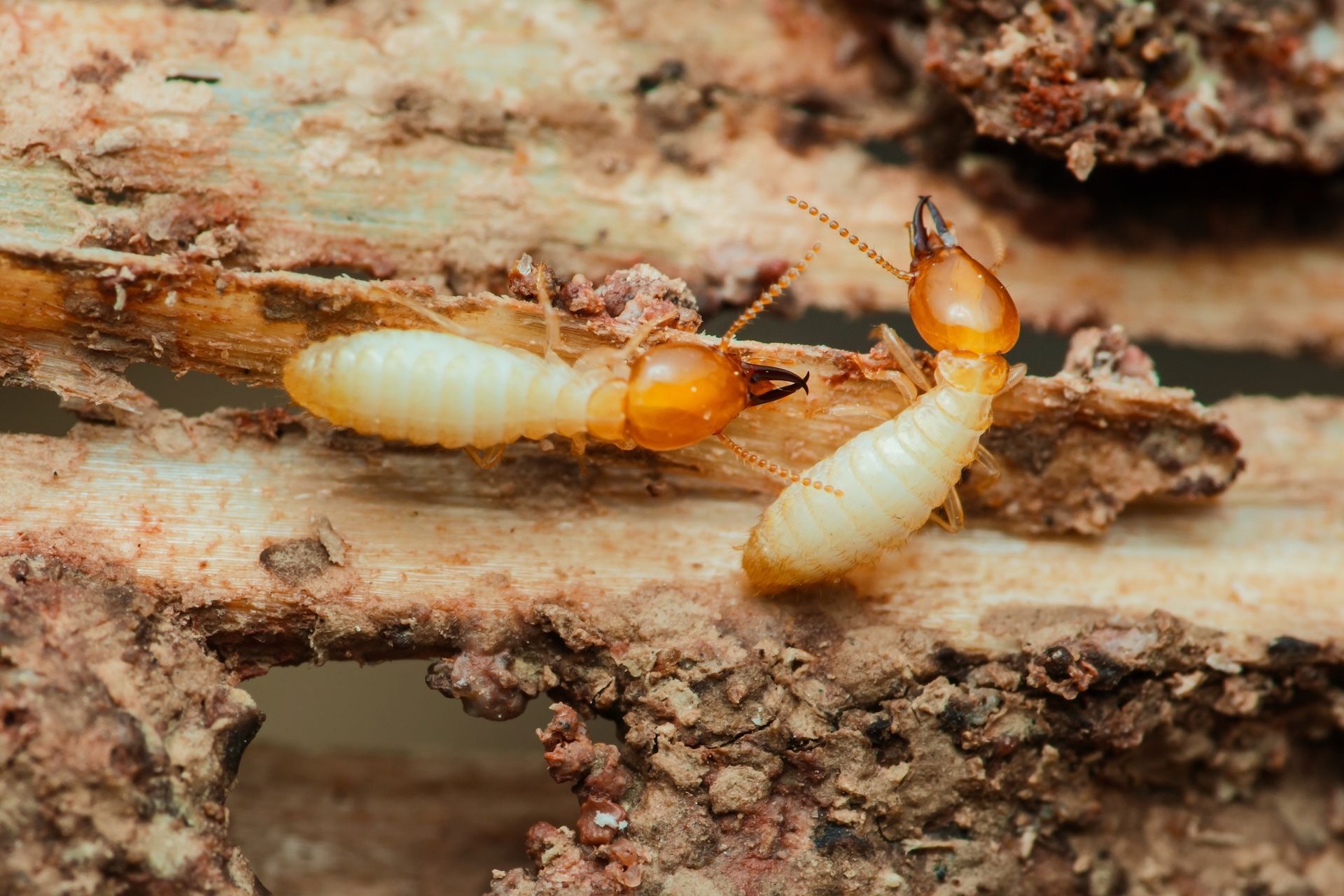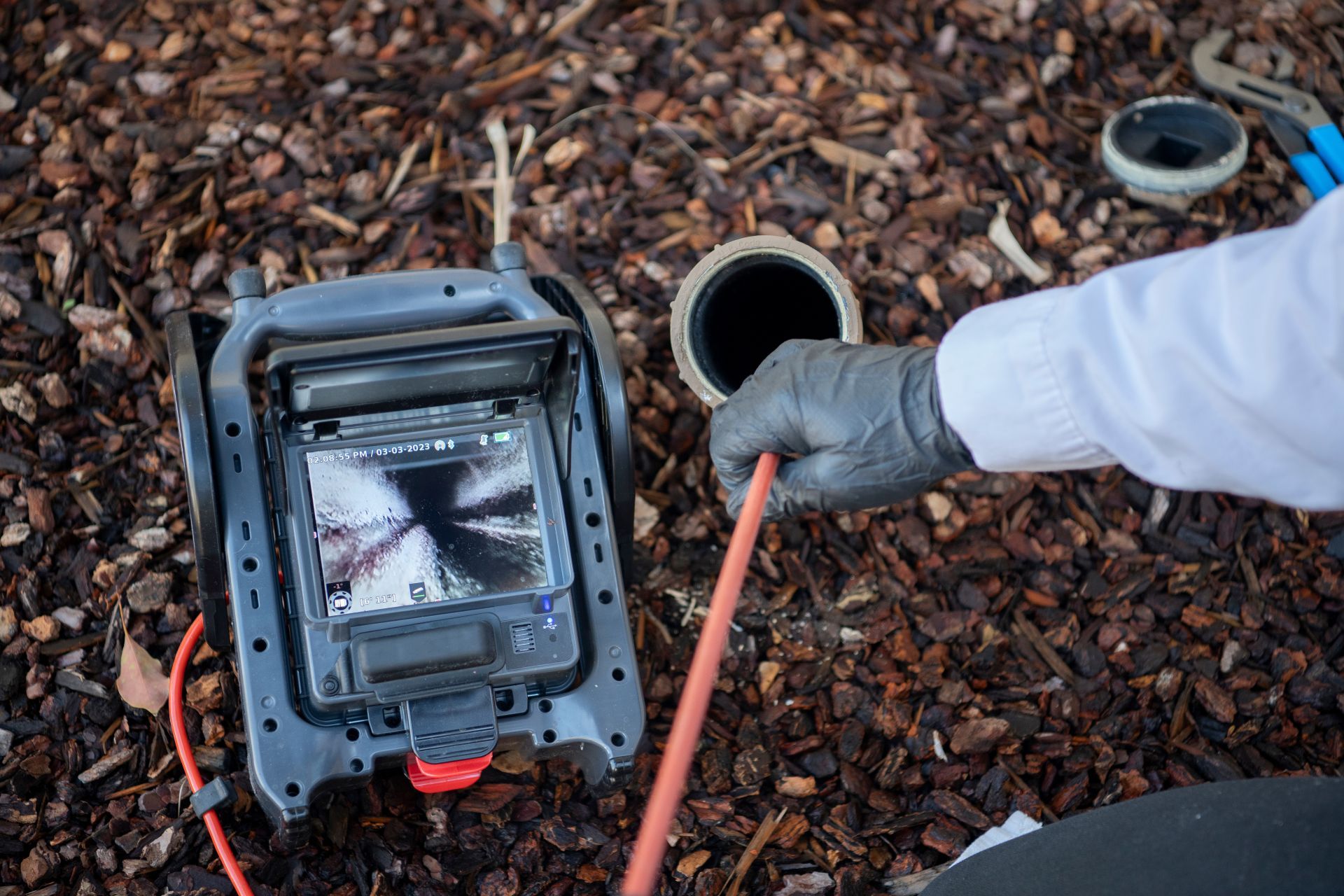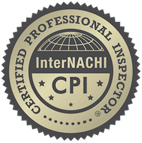Everything You Need To Know About WDO Inspections
This is a subtitle for your new post
If you’re thinking about buying a house, good for you! A dream come true, right? However, first-time buyers are typically unprepared for the complexity of the entire process. Just one example of this is meeting the requirements of loan lenders in regards to a wide variety of inspections.
While this seems very annoying, conducting these inspections ensures the property you’re looking at is a good investment that’s not likely to depreciate and will serve you well for the foreseeable future.
Since Florida is no stranger to wood-destroying organisms (WDOs), one of the inspections your lender will require is a dedicated WDO inspection. The main questions here are: what are WDOs, what is a WDO inspection, and what does it include?
Let’s take a crack at it.
What Are WDOs?
Before getting into explaining what is a
WDO inspection, it’s useful to be familiar with the underlying cause - WDOs.
Wood-destroying organisms are living organisms that impact the structural integrity of the wood, causing significant damage and expenses in the process. Some of the following organisms are considered WDOs:
- Termites
Florida's climate is a breeding ground for termites, which are quite difficult to get rid of once the infestation occurs. This is mostly due to their fast reproductive cycle and their colony's ability to practically regenerate itself even after the queen dies.
The most common types are Drywood and Subterranean termites. The former have a knack for building colonies inside the wood they infest, while the latter type burrows below the ground.
Either way, both species can pulverize wood structures over time if they’re left unchecked.
- Wood-boring beetles
These critters invade and destroy wooden surfaces by planting larvae which feed on all the sweet sugars and moisture in the wood. Once their larvae reach adulthood, the beetles create exit holes by chewing holes in the wood.
What makes wood-boring beetles so damaging is the fact they can also destroy plaster, plastic, or soft metals (believe it or not) that cover wooden surfaces while making their escape. Freaky.
- Dry and wet rot
WDOs are not limited only to insects as they also include instances of dry and wet rot. Both are types of fungus that thrive on moisture in wooden surfaces.
Wet rot attacks damp timber with a moisture content of around 50% (such as hardwood and conifer) and breaks it down, leading to soft and spongy wood.
Dry rot can be even more devastating as it spreads to all sorts of timber, regardless of the moisture content.
What Is WDO Damage?
Any decay or form of decline in wooden structures inside or outside the home caused by any of the organisms listed above is considered WDO damage. Still, it’s important to note that the destruction caused by wood-destroying organisms goes beyond wooden materials alone and may also include damage to electrical wiring or appliances such as HVAC systems.
Some common signs of WDO damage indicating a presence of WDO infestation include:
- Spongy and soft wood
- Drooping and discolored drywall
- Peeling paint (similar to what water damage looks like)
- Small holes in the drywall
- Buckling floors and squeaky floorboards
- Crumbling wood
- Loose tiles
- Stuck windows or doors
- Discarded wings that resemble fish scales
- Mud tubes
These signs aren’t always easy to spot as they may be hidden by surfaces such as floor coverings, interior finishing, or equipment and furniture.
What Is A WDO Inspection?
Since WDOs can cause serious structural damage and the effects of their “work” aren’t easily apparent, it’s necessary to schedule a WDO inspection.
To answer the question of what is a WDO inspection - it’s an examination conducted by a qualified individual with the primary objective of finding proof of insects and other organisms that destroy wood.
The inspector will examine the exterior and interior of a home, as well as the surrounding area for signs of wood damage and report their findings in a comprehensive document - which can then be provided to the lender.
For the most part, an inspection will cover the following areas of the home:
- Windows and doors
- Baseboards and trimming
- Interior and exterior walls
- Floorboards and layouts in the basement, crawlspaces, and main floor area
- Pavilions, fences, garages, and other structures on the property
- Skylight openings and dormers
- Cabinets
- Gutters and drainpipes
Is The Wdo Inspection The Same As A Termite Inspection?
Now that you know what is a WDO inspection, it’s a good idea to explain how different it is from a termite inspection since these two terms are often used interchangeably.
A termite inspection is just that - an inspection limited to termite-related damages. While it does have a specific purpose (helping homeowners who dealt with termites in the past stay on top of the problem), your lender will require a dedicated WDO inspection for a good reason - WDO inspection covers ALL wood-destroying organisms such as termites, wood-boring beetles, different types of fungi, as well as other species like carpenter ants.
Is Checking For WDO Included In A Home Inspection?
No. Even in cases in which a home inspector has a license to conduct a WDO inspection and present legally valid reports, a full assessment will take as much time as a regular home inspection.
This isn’t to say they can’t perform the inspection one after the other on the spot. For instance, here at
Guardian Angel Inspections, we often bundle these two together and perform them on the same day - which saves time for our clients.
We perform a check-up of your electrical fittings, roofing, HVAC, and so on (which may take upwards of two and a half hours, depending on the property), followed by a WDO inspection which usually takes an hour.
How Much Does A WDO Inspection Cost?
Since homes come in all shapes and sizes, so does the price of a WDO inspection. Depending on the size of your home, an inspection might cost between $100 and $250.
You can get a hefty discount by bundling the WDO inspection with a
home inspection.
Make Sure No Critters Are Hiding In Your New Home
Hopefully, you now also have an idea of what is a WDO inspection and why it’s required by the lender.
Keep in mind that you can also benefit from the inspection even if you’re paying for the home out of pocket. To put it bluntly, WDO infestations are so devastating that they may take thousands of dollars to remediate - which is something you don’t want to experience after you buy what seems like a dream home.
Feel free to reach out to Guardian Angel Inspections by dialing
(561) 512-7854 - save money by bundling inspections together and make sure your new home doesn’t turn into a living nightmare.
Disclaimer: The information on this website and blog is for general informational purposes only and is not professional advice. We make no guarantees of accuracy or completeness. We disclaim all liability for errors, omissions, or reliance on this content. Always consult a qualified professional for specific guidance.
Share this entry







